Modern Foreign Languages School Trips To Beijing
Be the teacher to immerse your students in the language and culture of China’s capital city with a MFL trip to Beijing.
China is perfect to help your students learn Mandarin. Other popular modern foreign language choices include French, German, and Spanish, or we can help with other languages as needed.
We’ll help plan, book, advise and organise so you can enjoy the tour as much as your class will.
Highlights
View and walk the Great Wall of China
Experience a traditional tea ceremony
Interact with and learn from local people
Practice an ancient Chinese skill with a calligraphy lesson
Droitwich Spa High SchoolVery good contact, emails always answered, competitive prices, friendly staff, I feel Travelbound do everything to help to ensure a good trip
Suggested itinerary
What's included*
*Please note, visa costs are not included in the price
Recommended excursions
It was here on October 1st 1949 that Chairman Mao Tse-Tung announced the founding of the People’s Republic of China to the world. Built during the Ming Dynasty the square is named after Tiananmen Gate, which lies to the north. It’s the third largest of its kind in the world and a significant cultural landmark with the People’s Heroes monument in the centre.
This palace lies at the heart of Beijing and was the home of the emperors for over 500 years. Completed in 1420, it is the biggest palace complex in the world covering 74 hectares. Surrounded by a 52m-wide moat, it’s an adventure to explore the labyrinth of rooms, halls and gardens with magnificent decoration and rare curiosities throughout.
Situated just outside Beijing, the Summer Palace is the grandest and most well preserved park in China. Construction began in 1750 on these luxury gardens for the royal family, and gradually they have been developed into the magnificent expanse of lawns, streams, bridges, secret gardens and pavilions scattered across the shores of the Kunming Lake.
Considered to be one of the wonders of the world, the Great Wall today was built in Ming Dynasty and is over 6,000 km long. An amazing feat of defensive architecture, intended to protect the Chinese Empire from invaders, it winds a path over rugged country and steep mountains. Sections within easy reach of Beijing have been restored so that visitors can walk on the wall and see the watch towers.
The ancient art of Chinese calligraphy is still widely practised and respected in East Asian culture. It’s about capturing life through traces on silk or paper, a dynamic technique prized for both its aesthetic and expressive qualities. Students take part in a lesson by a skilled calligrapher, and keep their finished sheets as a memento to take home.
Chinese painting is one of the oldest continuous artistic traditions in the world. The materials used, brush and ink on paper and silk, have determined its character and development over thousands of years. Derived from calligraphy, it is essentially a linear art, employing brushwork to evoke images and feelings. Chinese painting focuses on total concentration in the act of the very moment, and harmony between man and nature. Chinese paintings do not attempt to capture the actual physical appearance of a subject, but rather its essential nature or character. Learn from a local art master during a painting lesson and create your own piece of artwork! Available in Xian.
Chinese paper cutting uses scissors or knives to cut paper for decoration or other folk activities. Chinese paper cutting was enlisted into the first group of National Intangible Cultural Heritage in 2006 and UNESCO Intangible Cultural Heritage in 2009. Make your own piece of work during a paper-cutting lesson. Available in Xian.
China is the home of ceramics, and pottery making is not only an artistic creation process, but also a way to explore and express personal creativity. Students will learn how to make a simple ceramic following a step-by-step process including working the clay and glazing. Objects will then be fired in a kiln, and ultimately, each student will have their own unique piece to bring home (to collect later or can be sent on to another city – postage at a supplement). Available in Beijing or Xian.
The Chinese tea house has the same cult following as our coffee shop culture. It’s a great way for students to get a taste of oriental tea tradition. The tea ceremony reveals different types of scent, colour, taste and brewing methods for individual blends and their health benefits. The ceremony is an art form and a joy to watch before enjoying a cup.
Once used by emperors in the heaven worship ceremony, the temple park in Beijing is now one of the grandest examples of China’s sacrificial buildings. First built in 1420, the temple has been enlarged and rebuilt by both the Ming and Qing dynasties. At the heart of the Temple is the Hall of Prayer for good harvest, where the Emperor requested good harvests in his divine capacity as the son of heaven.
Kung Fu is an ancient shaolin martial art and one of China’s greatest cultural exports. Students really enjoy this activity because it blends an exciting new skill with a history of the famous practice. All the instructors are highly trained and tailor the lesson to all ages and abilities, ensuring everyone can get the most out of the class.
Take a walking tour through Beijing’s traditional back alleys known as Hutongs. See traditional courtyard residences characteristic of how the majority of the population lived in Beijing until the mid-twentieth century. Many Hutongs have been demolished in recent years to make way for modern development but some areas have been protected because of their historical and cultural significance.
Dumplings (Jiaozi) are a major part of Chinese New Year fair, but enjoyed all year round. They’re made by filling thinly rolled dough with ground meat and vegetables and are usually eaten with a soy vinegar dipping sauce. They’re always popular with the students, so it’s great for them to learn how to make such a simple and versatile dish.
Enjoy language lessons at a local language school with a native speaker. This gives students a chance to work on vocabulary and pronunciation and to discuss cultural and social aspects of China. Afterwards, students can use what they have learned in a real context.
Your guide will take you to a local market in Beijing. This is a great way to experience everyday life and culture. Students will experience colourful local produce and have the opportunity to practice their language skills.
During Chinese term time students get a chance to see first-hand what a Chinese School is like and have the chance to get to interact with Chinese students. An ideal way to be immersed in modern Chinese culture.
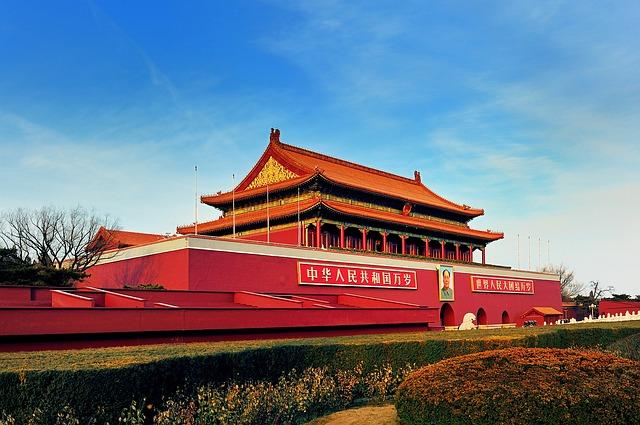

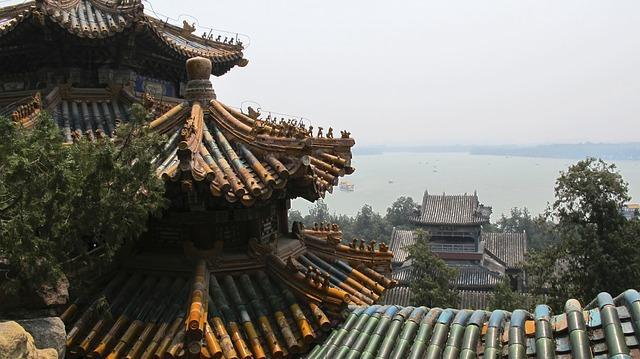

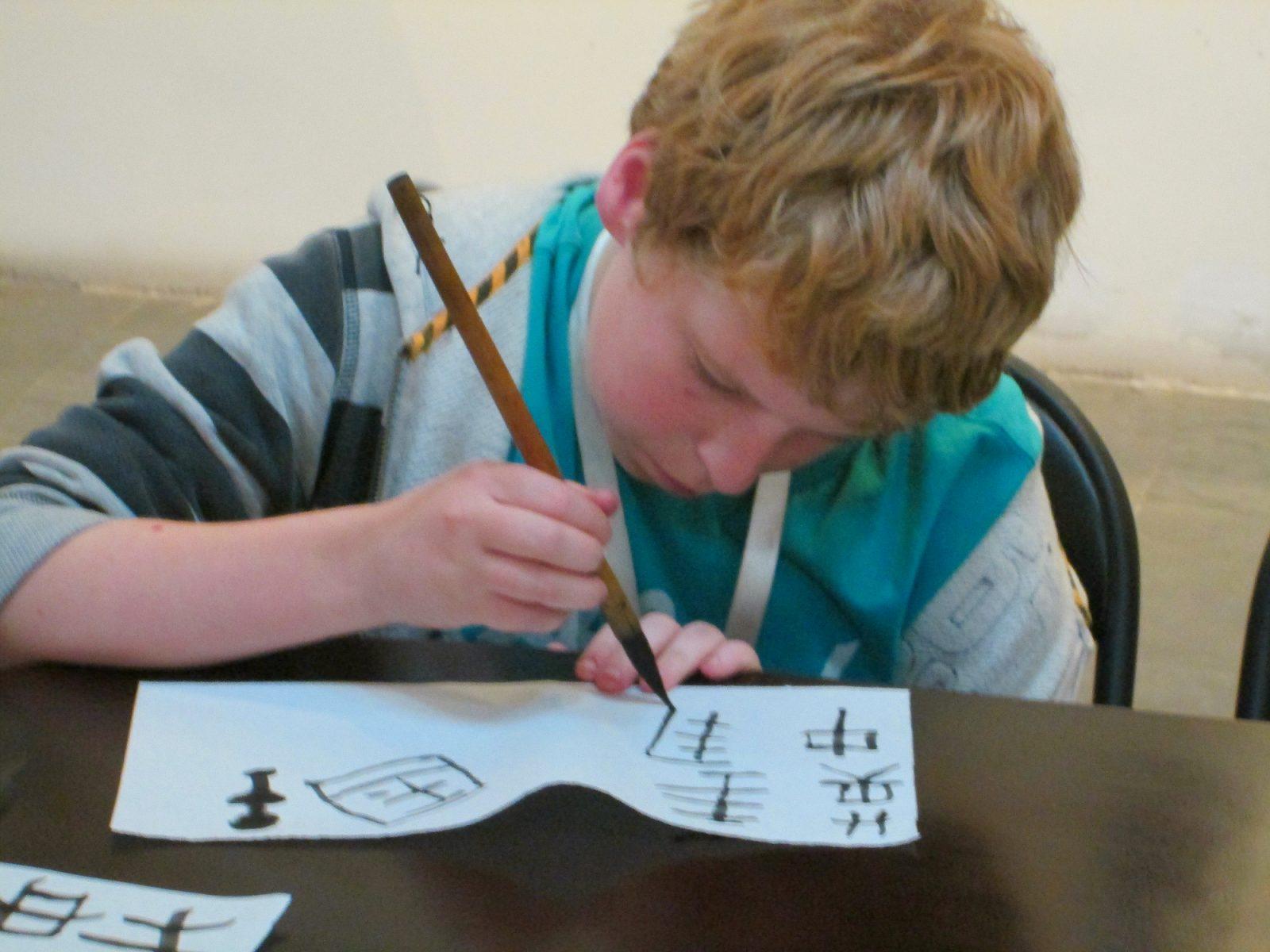
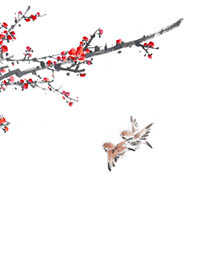
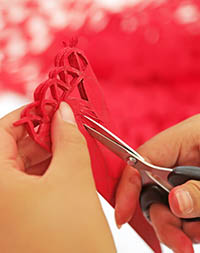
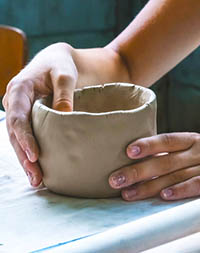
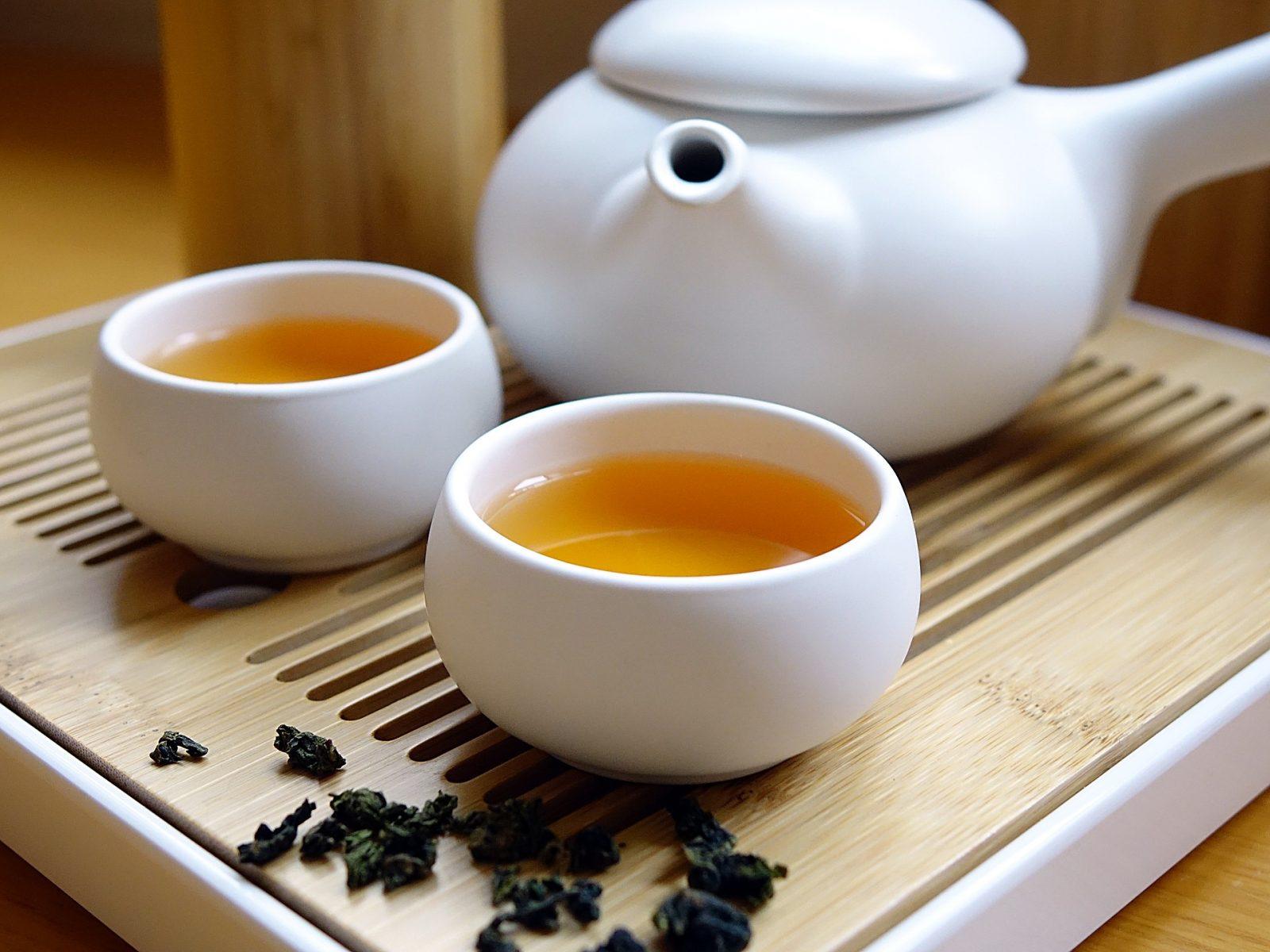
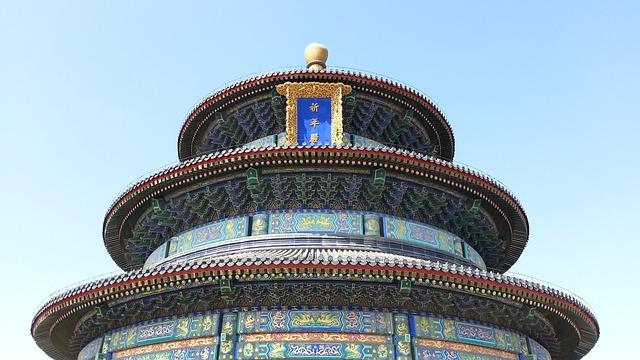
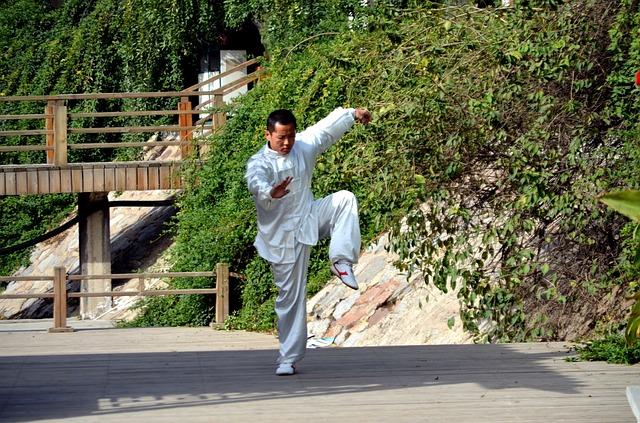
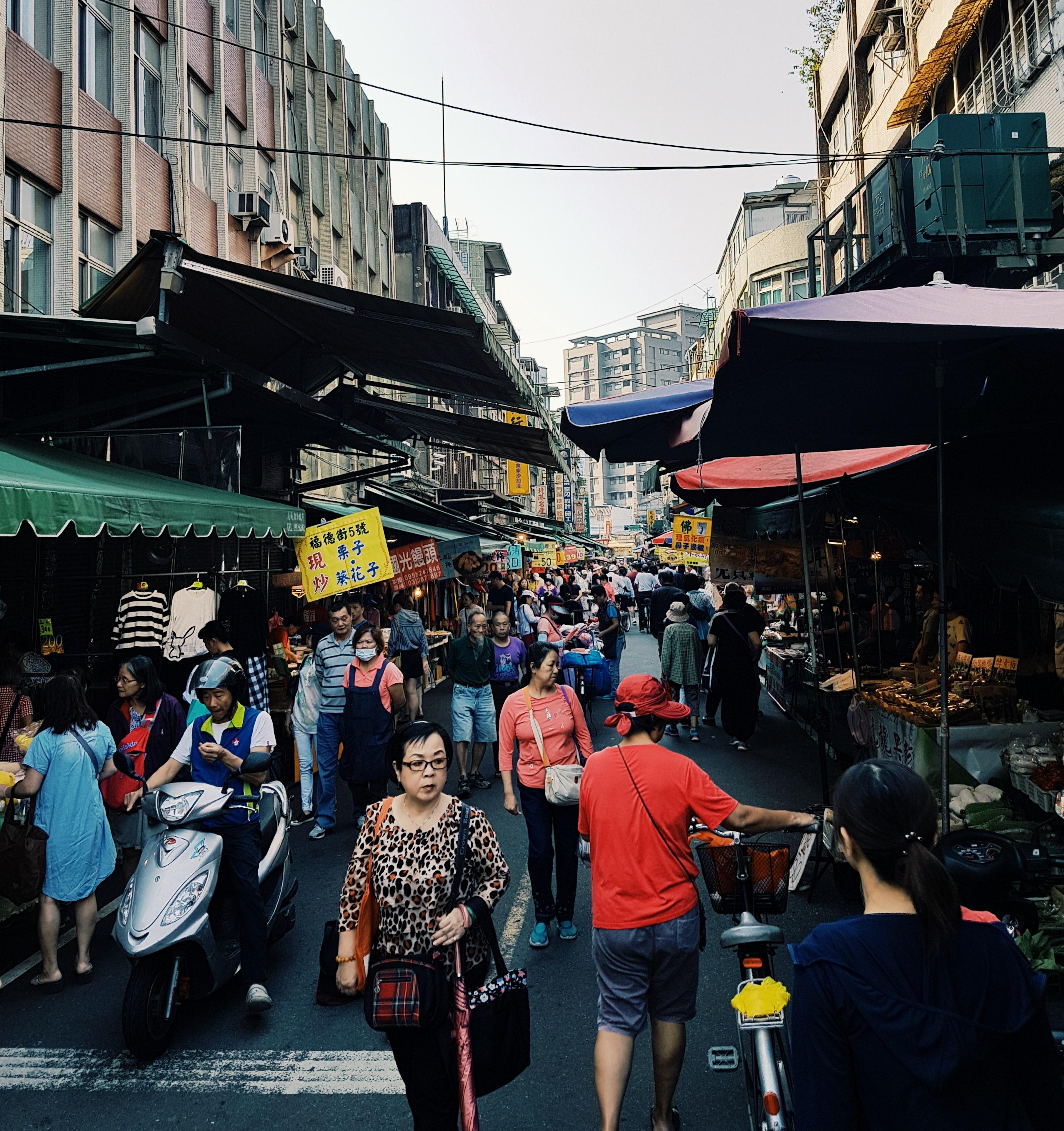
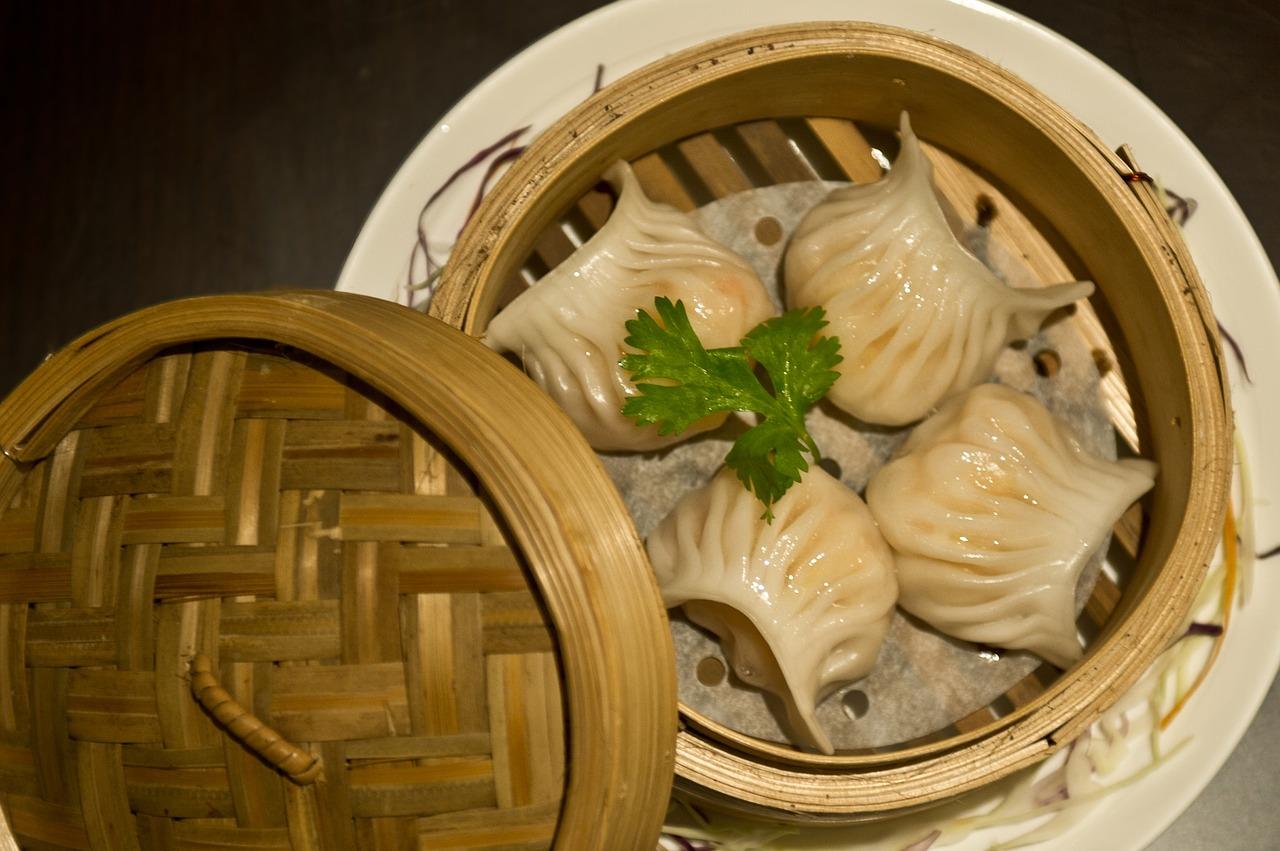
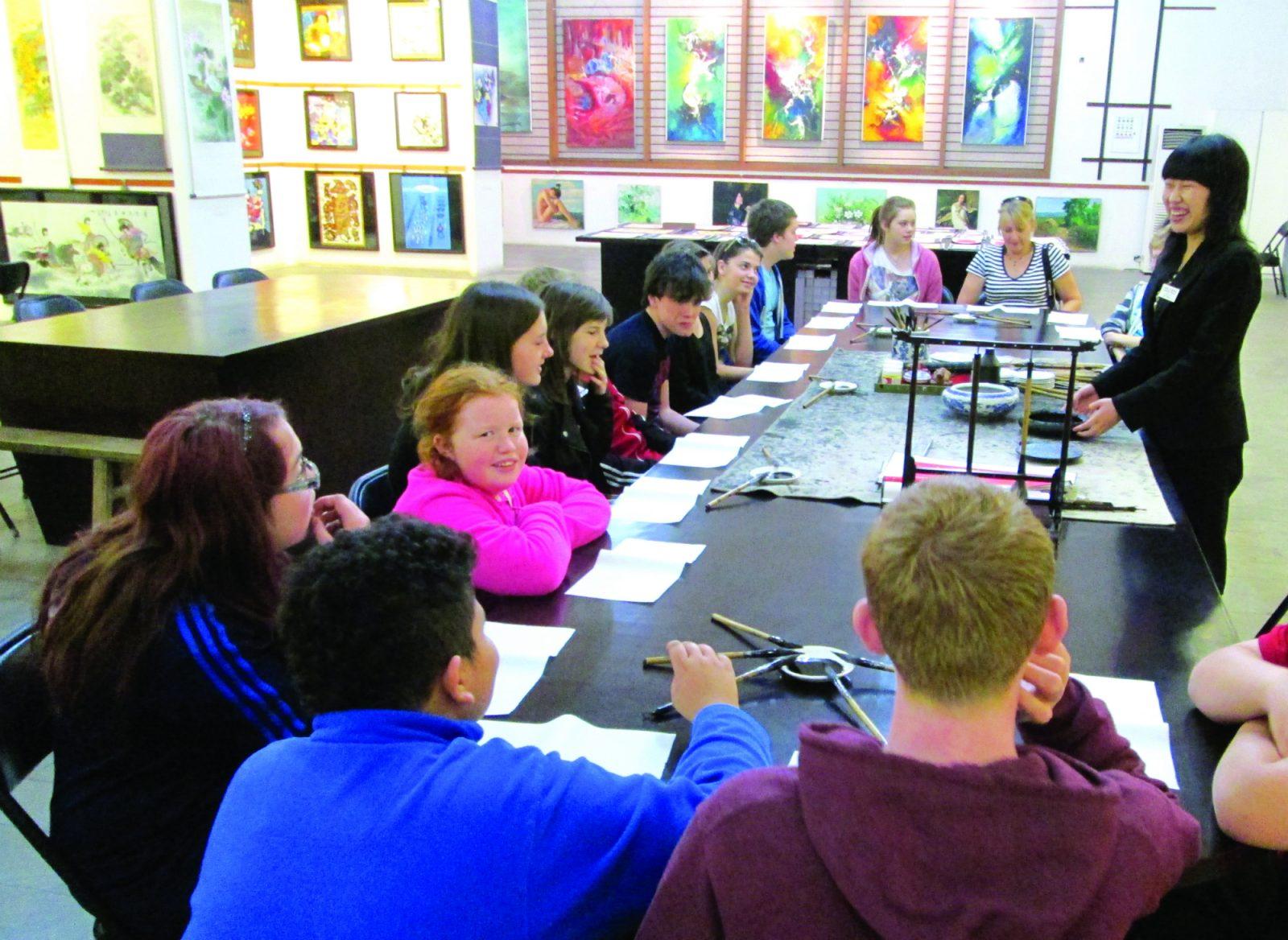
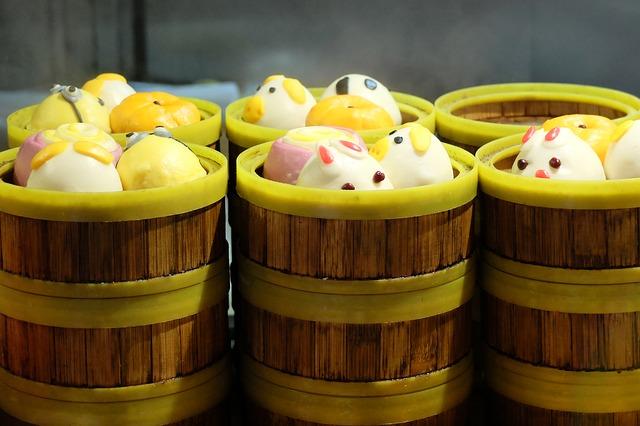
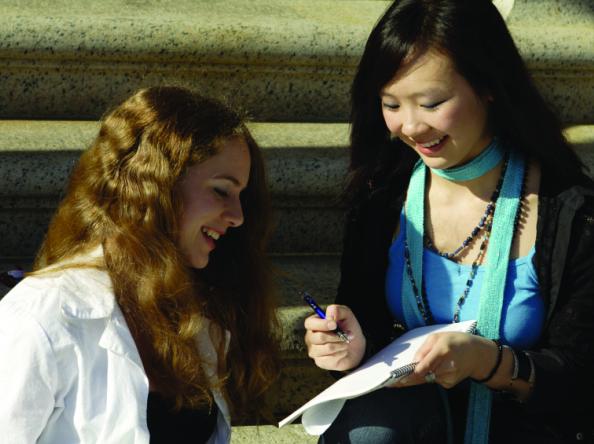
Typical accommodation
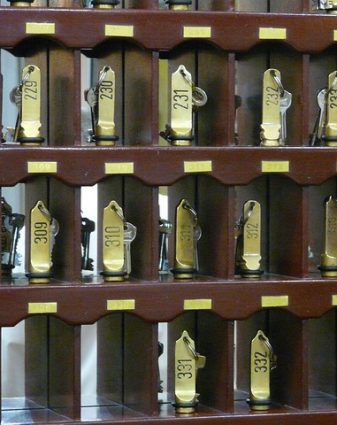
Why groups like it:
Facilities:
Learning outcomes
Subject focus
Students can:
- Take Mandarin language practice beyond the classroom and engage in spontaneous, unscripted conversations with native speakers
- Develop confidence by speaking the language in practical situations
- Gain a greater understanding of Chinese culture through the experience of visiting the country and exchanges with local people
- Develop their interest and enthusiasm for the country and its language
- Experience learning outside the classroom in another country – the culture, history, politics, geography and art
Student outcomes
Students will have had an opportunity to:
- Develop speaking and listening skills by communicating with native speakers in real-life situations
- Gain confidence through learning and testing their capabilities
- Build a deeper understanding of Chinese history and politics
- Develop an understanding of China’s economic and political role in the modern world



